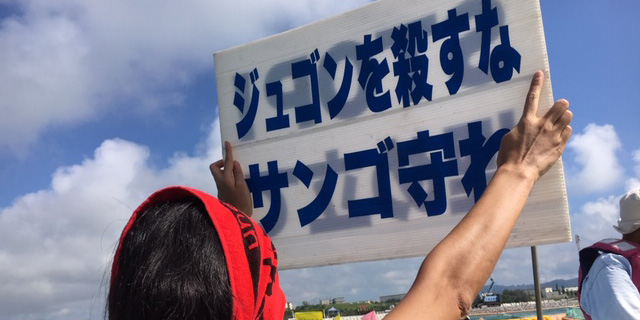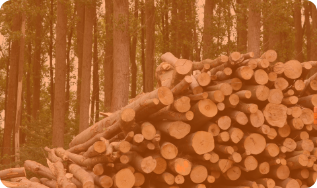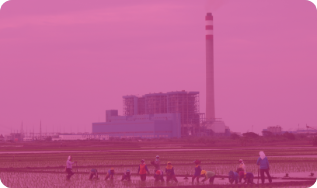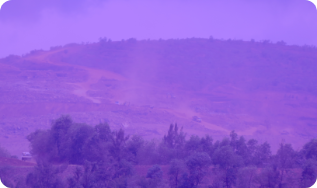Save Henoko
The seawaters of Henoko and Oura Bay are home to myriads of creatures. Its unique topography, which includes mangrove forests, tidelands, seagrass beds, sands, mud flats and coral reefs, together with the rivers running into it from Yambaru Forest, sustain a rich ecosystem. It is a habitat for more than 5,300 species, 262 of which are endangered, including critically endangered dugongs and recently discovered large colonies of blue coral.
In this sea, land reclamation for the construction of a new U.S. Military base in Henoko is steadily underway.
In the Okinawa referendum held on February 24, 2019, 72% of the voters, or 434,273 votes, were cast in opposition to the construction of the new base, demonstrating the overwhelming will of the people to oppose its construction. In every city, town, and village, opposition to the construction of the new base far outnumbered support for it. The Japanese government continues to ignore such voices of people in Okinawa.
The Yambaru forest is a subtropical forest that covers Kunigami, Higashi, and Ogimi villages in the northern part of Okinawa Island, and is home to endemic species such as the Okinawa rail, which is found only in this area. It is also home to rare and endemic species, including many endangered species, and has been recognized as an important area for global biodiversity conservation, and was registered as a World Natural Heritage site in 2021.
In the midst of this Yanbaru forest is the U.S. Marine Corps’s Northern Training Area. The construction of six take-off and landing zones for Osprey has been forced to surround the village of Takae in Higashi-son village, threatening the ecosystem and the lives of the residents. Part of the U.S. Northern Training Area has been returned to Japan, but abandoned waste and contamination by the U.S. military remains.

ISSUES
WE WORK ON











